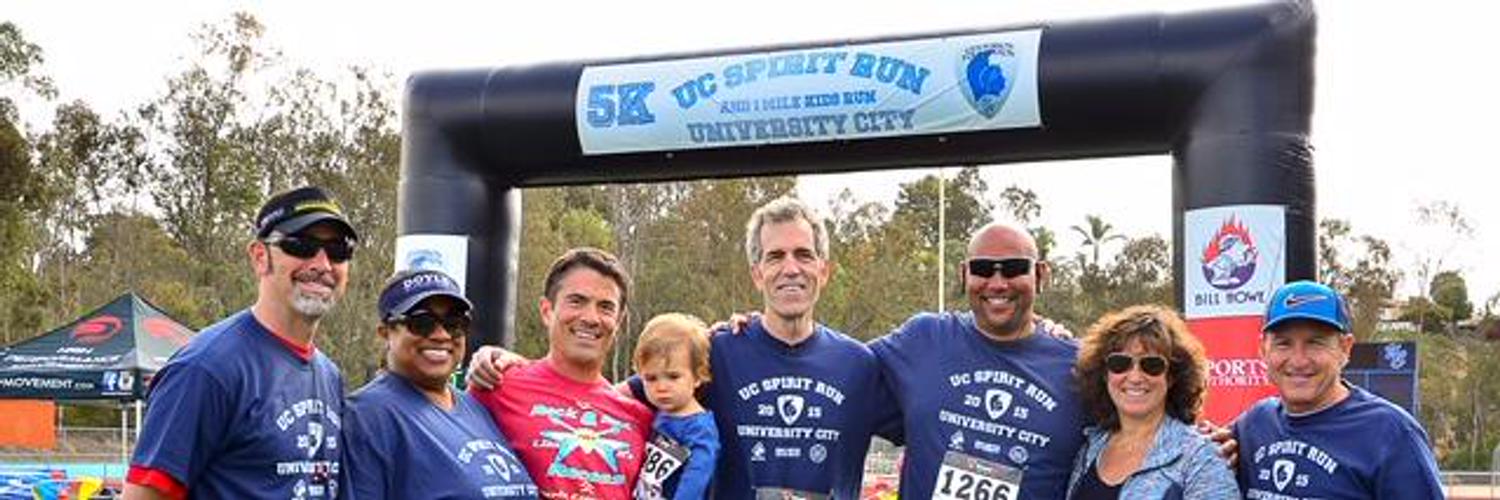We needed a $59M increase over this year to maintain the status quo at San Diego Unified. We would need $350M more to provide all of the teachers, counselors and nurses to meet the public’s expectations for our schools. But what is provided by the $1.3B that we currently have?
- Some of the smallest class sizes in the state
- Broad and challenging curriculum offered at schools in every neighborhood
- Specialized programs, including International Baccalaureate, STEM and STEAM programs
- Project based learning environments
- Over 6,000 dedicated teachers working with our 105,000 students
- Over 6,000 support staff that keep our schools operating
- Comprehensive healthcare benefits for all staff and their families
- Advanced learning opportunities including AP courses and community college courses
- Innovation Centers for individual remediation and acceleration
- Highest graduation rate for urban districts in California
- Significant movement towards closing the achievement/opportunity gap
- Rigorous requirements for meaningful graduation for college and/or career
- Pathway programs for specific career fields
- Internships for high school students
- Scholarship level athletic programs in a variety of sports
- Junior ROTC for high school students
- All students learning a world language
- Language immersion programs in Spanish, French and Mandarin
- Arts and music in every school with many award winning programs
- Collaboration on K-3 literacy programs
- Nationally recognized technology in the classroom for personalized learning and collaboration
- Meeting legally required Individualized Education Plans for 15,000 special education students
- Specialized assistance to 27,000 English Language Learners
- Programs for 22,000 GATE students
- Character education, conflict resolution and restorative justice programs
- Civics education and service clubs for citizenship and leadership development
- Nutritional lunch for all students regardless of ability to pay and breakfast for many
- Professional development for staff
- Professional Learning Communities for teaching staff
- Maintenance of almost 200 district facilities
- Democratic engagement of stakeholders through school sites and cluster councils
- Family and community engagement programs
- Advocacy for state and federal funds, resulting in millions of dollars for our schools
This list is just a start. We are doing so much more. What have we left off the list? We can improve a lot in all of the above areas and we could do so much more with full and adequate funding. But we will continue to look at no cost and low cost options to continue our work to create Quality Schools in Every Neighborhood under Vision 2020.
For next year we needed a $59M increase for status quo. We will receive about $25M. That leaves a $34M shortfall. That represents about a 2.6% cut, which needs to be made as far away from the classroom as possible.

